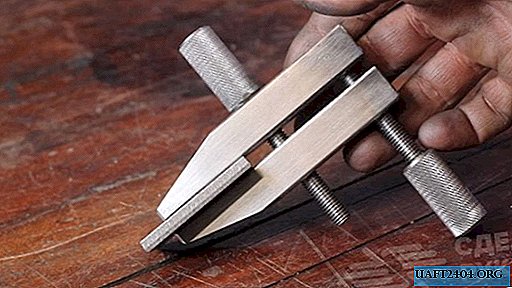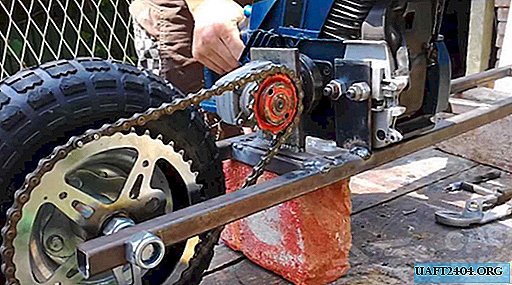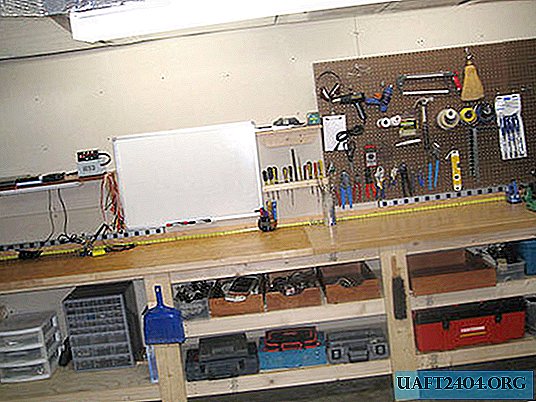Share
Pin
Tweet
Send
Share
Send
But thanks to the Koreans who released last year the wonderful Seoul Semiconductors Acrich2 LED module, which connects to 220 V AC without an additional power source. The manufacturer guarantees that, subject to operating conditions (recommended operating temperature not higher than 70 ºС), this module will honestly work for at least 50,000 hours. We will not go into technical details, everything is clear from the figure.

As a comment
By the nature of my activity, I have rich experience working with various power sources. So, the power supply resource indicated by Koreans at 15,000 hours is overestimated by about 2 times, this is subject to the use of high-quality electrolytes. Chinese consumer goods, now available in wide sale, are clearly not included in the category of quality goods.
So, we figured out the light source. The next step is how to cool it. To make a banal ribbed radiator is not aesthetically pleasing and uncomfortable. And here luck was not without. It turns out that the AP888 radiator profile, specially designed for the modules of this series, has been developed and produced in Russia.

The profile is universal, designed to install three types of Acriche modules: AW3221 (4 W) and Acrich2 for 8 and 12 watts.

Further work on the modernization of the burned out energy-saving lamp was not difficult and took 15-20 minutes on its strength.
1 Cut the heat sink to the size necessary to ensure efficient cooling of the module. The profile supplier recommends the following sizes to ensure an operating temperature of not more than 70 ºС:
- 4 W - 10-15 mm;
- 8 W - 30-35 mm;
- 12 W - 40-45 mm.
In this case, “you won’t spoil the porridge with oil,” and for 8 W I took a 50 mm radiator.
2 Disassemble the energy-saving lamp.


3 Drill holes in the cap of the base for mounting the radiator.

4 All components - radiator, module and filter to module, ready for assembly.

5 Then everything is simple. We install the module on the radiator, do not forget about the heat-conducting paste (I recommend KTP-8). We fix the cap of the base to the radiator. Solder wires to the module and filter. Then we solder everything into the base.

6 It remains only to put everything together.


7 And connect to the network.

Based on personal experience, I can confidently say that the illumination from such an upgraded lamp is higher than from a 13-watt energy-saving fluorescent lamp.
Share
Pin
Tweet
Send
Share
Send











